Eating less meat can take eight million cars off the road, reads the headline this week, after new research from Oxford University found yet another way of quantifying the effect of our diets on the planet. Cue the chorus of those saying what about the farmers? Or the health benefits of meat? Or the social unfairness of telling people what they should or shouldn’t eat?
The truth is not many people deny that most of us do need to change our diets. But it’s not that drastic, and there is no need for everyone to go vegan.
Though that makes for a slightly less exciting headline, it is a more useful way of approaching things. So forget about the do’s and don’t of various peoples’ views on climate, food and farming – here’s a list of ways you can actually reduce the meat in your diet, without cutting it out completely, should you wish to give it a go.
Try one new recipe a week
Unsurprisingly, recipe writers and chefs are good at what they do. It is amazing how many books there are, and equally, how few times most of us actually open one. Make a commitment to one new recipe a week – it’s amazing how delicious they can be. Our favourite veg champions are: Nigel Slater, Melissa Hemsley, Rukmini Iyer and Ottolenghi. It would be remiss here not to mention Riverford, with its 30-year veg history – its recipe hub is a little-known gem of easy, delicious and very veg-focused recipes. Search by veg for ultimate midweek ease.
Order a veg box
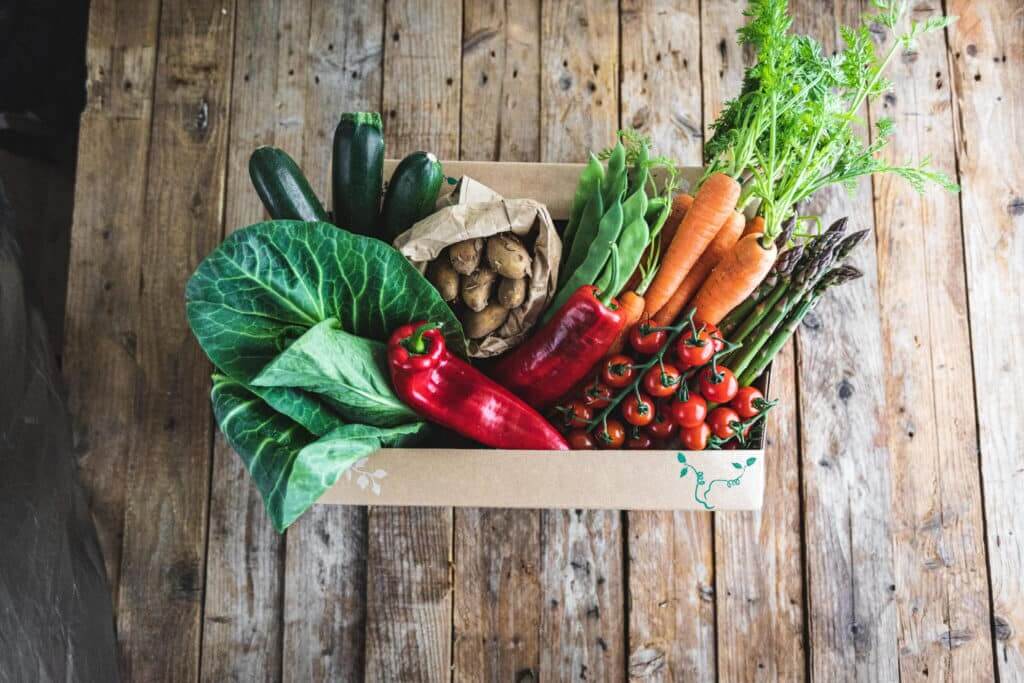
A key to eating more veg, and less meat, is actually having more veg in the house. Order direct from a veg box company for a regular supply and you’ll find your cooking habits are immediately more seasonal, more creative and much more plant-focused. Another way to eat seasonally if you are shopping at supermarkets is to look for the abundant displays – if there’s loads of it, the chances are it’s in season. Conversely, don’t spend hours searching for the hidden pomegranate, punnet of blueberries or asparagus – if it’s hard to find in a shop, it’s hard to find seasonally.
Try organic
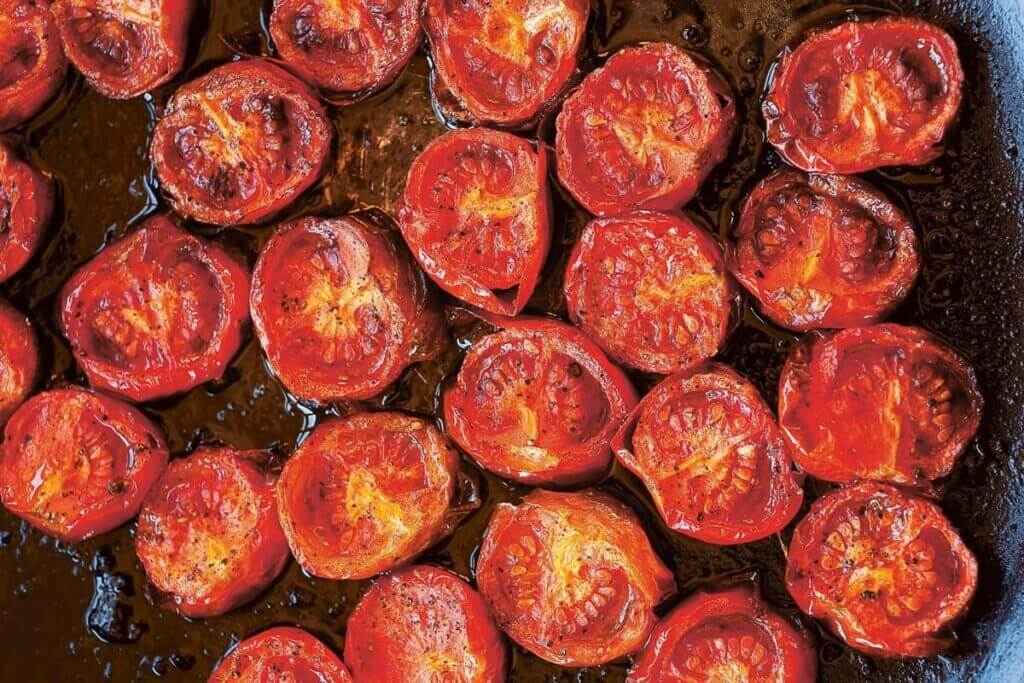
Veg has wildly different flavours. If you’re going to eat more of it, it makes sense to actually taste this flavour, which you don’t necessarily get from the high-yielding, picture perfect world of supermarket veg. If you can afford it, try an organic alternative. Pair this treat with a new cooking method, adapt the seasoning or flavour combination, then sit back and savour. Other ways to increase flavour include getting temperatures right – tomatoes at room temperature are infinitely tastier – or growing a few of your own. There’s nothing like a one metre-food mile for getting a next level courgette or salad leaf.
Explore the world of beans
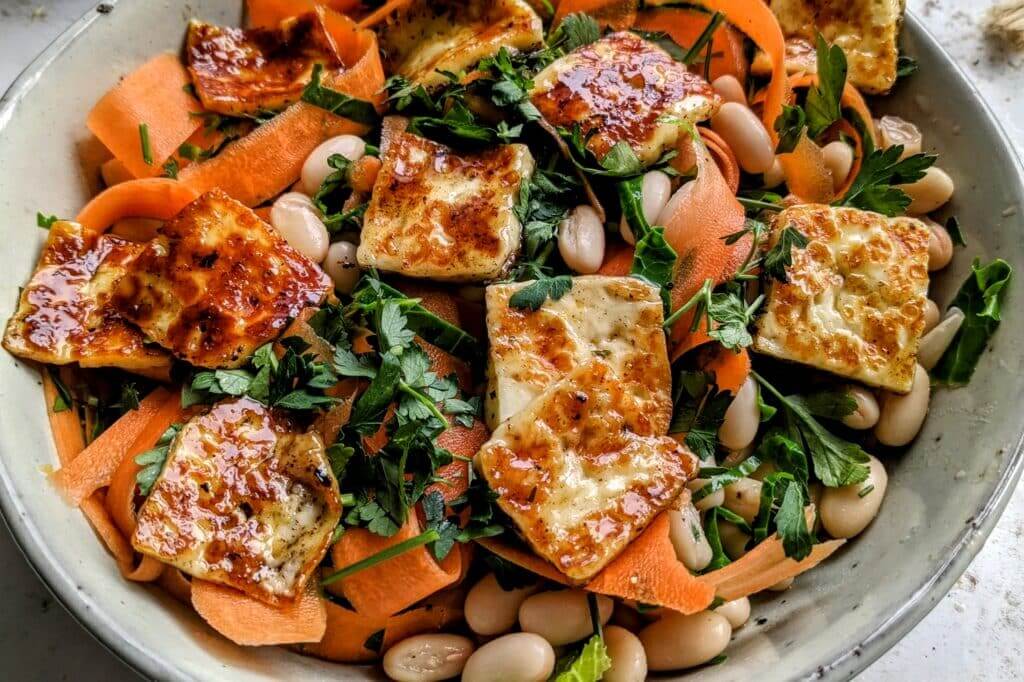
Beans are having a moment. With award-winning Bold Bean Co’s new book championing new recipes coming alongside a long-term movement for beans championed by the likes of British pulse and bean pioneers Hodmedod. And the cooking ideas are endless. Smoosh them on toast. Stuff into peppers. Sub into cottage pies. Toss with feta in a salad. They’re filling, healthy and an easy plant-based protein swap.
Roast a cauliflower
This one is full credit to Yotam Ottolenghi, whose recipe for this I have returned to many times. Boil a cauliflower face down in a deep pan of salted water until tender. Set in the middle of a hot oven and roast for around an hour, basting every 20 mins or so with melted butter and oil using a pastry brush. Serve with yoghurt mixed with lemon juice and a plate of fresh greens and wedges. A vegetarian’s answer to steak and chips, only better. Cauliflowers have a long season but are best eaten over the winter months and into the spring.
Marinate an aubergine ‘steak’

BBQs didn’t used to favour the veggies, apart from a limp and smoky token kebab. But those days are long gone. Get ahead by slicing a decent sized ‘steak’ from your glossy aubergine, meanwhile revelling in the miniscule price of it compared to your non-veggie friends’ real steak alternatives. Next, mix soy, honey (or maple syrup), a spot of Worcestershire sauce, perhaps a dab of sweet chilli sauce, some balsamic vinegar and a bit of salt and pepper in a shallow bowl. Coat your steak both sides and leave to marinate in the fridge for at least an hour, if not longer (overnight is great). Char on a BBQ or griddle pan, or cook midweek with a stack of chunky chips. For extra veggie points, relearn what it means to make a really great veggie burger.
Falafels and fritters
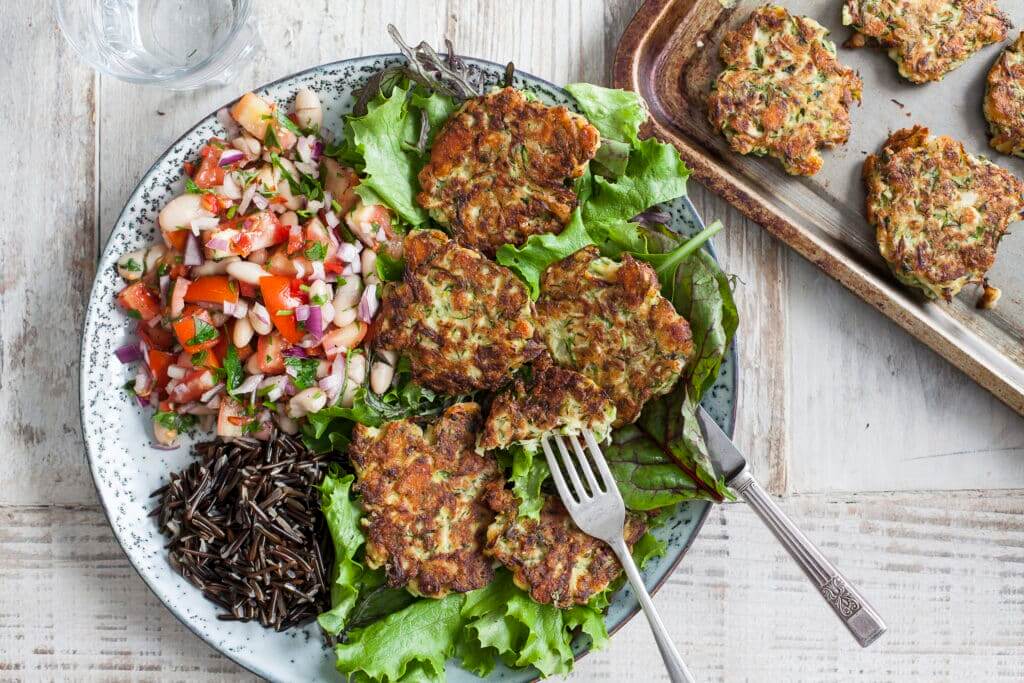
We all have a bit of a hangover for wanting a main event on a plate, but in this, fritters can be your friends. Very easily made by grating courgette, or another veg like beetroot or sweet potato, mix with eggs, flour, feta and herbs, and fry in a little oil. Falafels have the same main character energy – buy a mix and just add water if you don’t have time to manhandle the blender.
Get good at curry
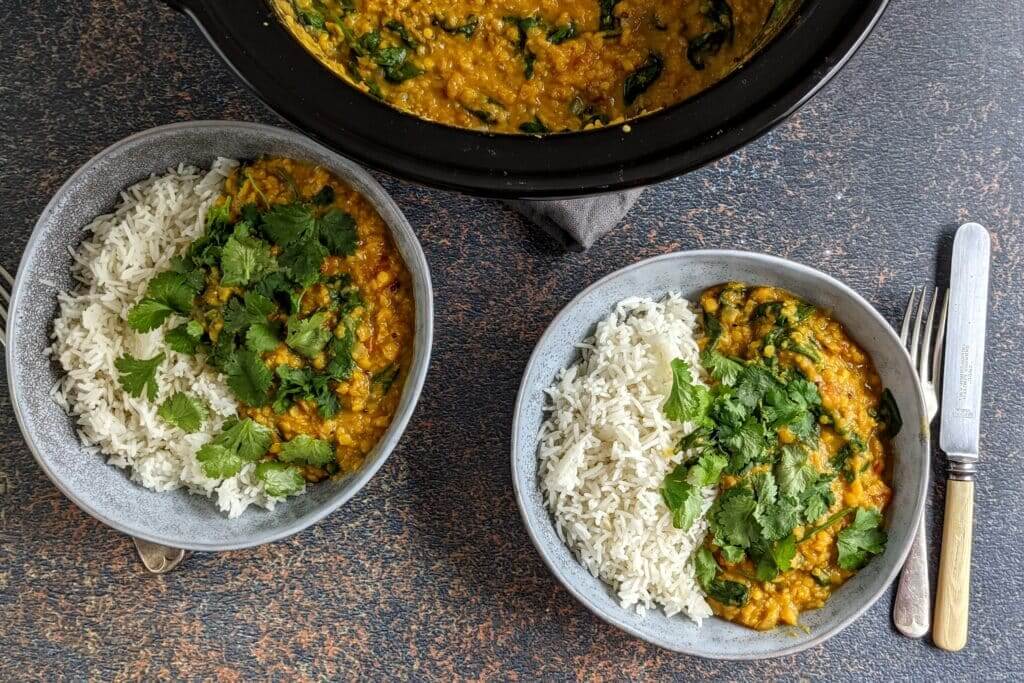
Curry is one of those things that you can do at any level. A basic dahl with all the condiments is one of the easiest dishes in the world. Feeling competitive? You could follow a much more sophisticated recipe to make an absolute feast of curries, sides and breads. The best thing is they’re cheap, delicious and work well with just veg. Favourite combinations include chickpeas and spinach, courgette and tomato, or summer greens and potato. Choose your veg, get creative with your spice rack and pick either tinned tomatoes or coconut milk to lengthen your sauce. Or just follow a recipe.
Half and half
Make a lasagne with half a pack of mince instead of full. Bulk up the rest with veg, freezing the remainder of the meat for next time. This is a good way to reduce meat without anyone really noticing. No one says you have to cut it out completely – but you will still have an environmental win by reducing the amount you eat, plus the health and money savings of eating more veg.
One roast a month
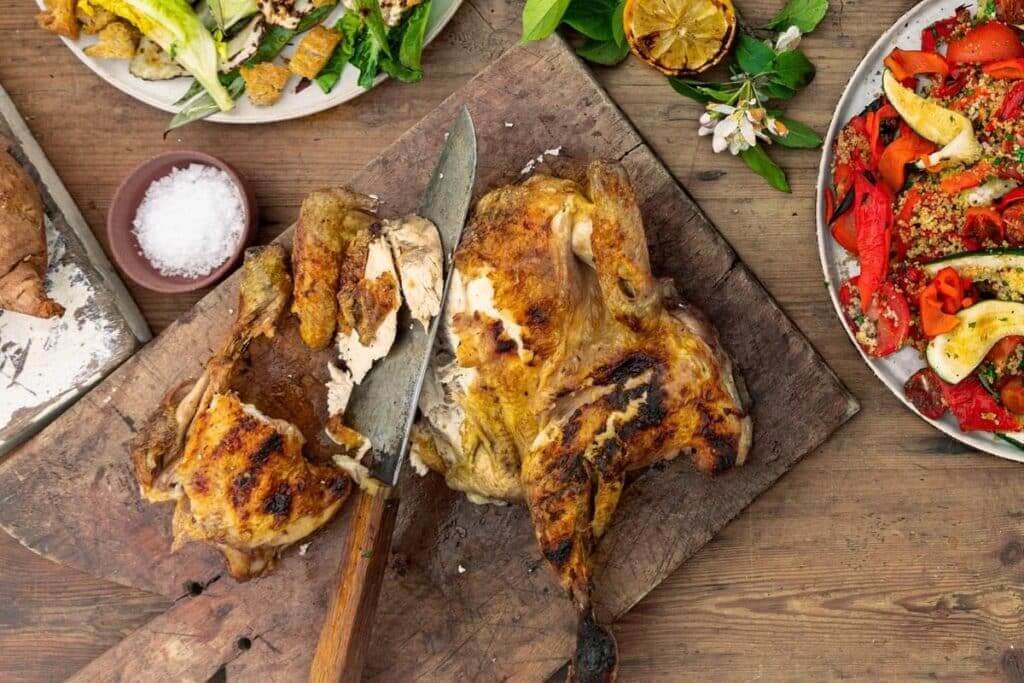
Spend a happy two hours with the radio on preparing a delicious roast dinner with all the trimmings. Swap for a ‘cold roast’ with potato salad and roasted greens if it’s summer. Make chicken (or other meat) sandwiches the next day, noodle soup the day after that, then boil the remainder for stock. Repeat the following month. If you can afford it, choose a high welfare, grass-fed or organic cut of meat for best flavour and an animal that is likely to have been part of a sustainable farming rotation.
Are you trying to eat less meat? Share ideas and recipes you love in the comments below.

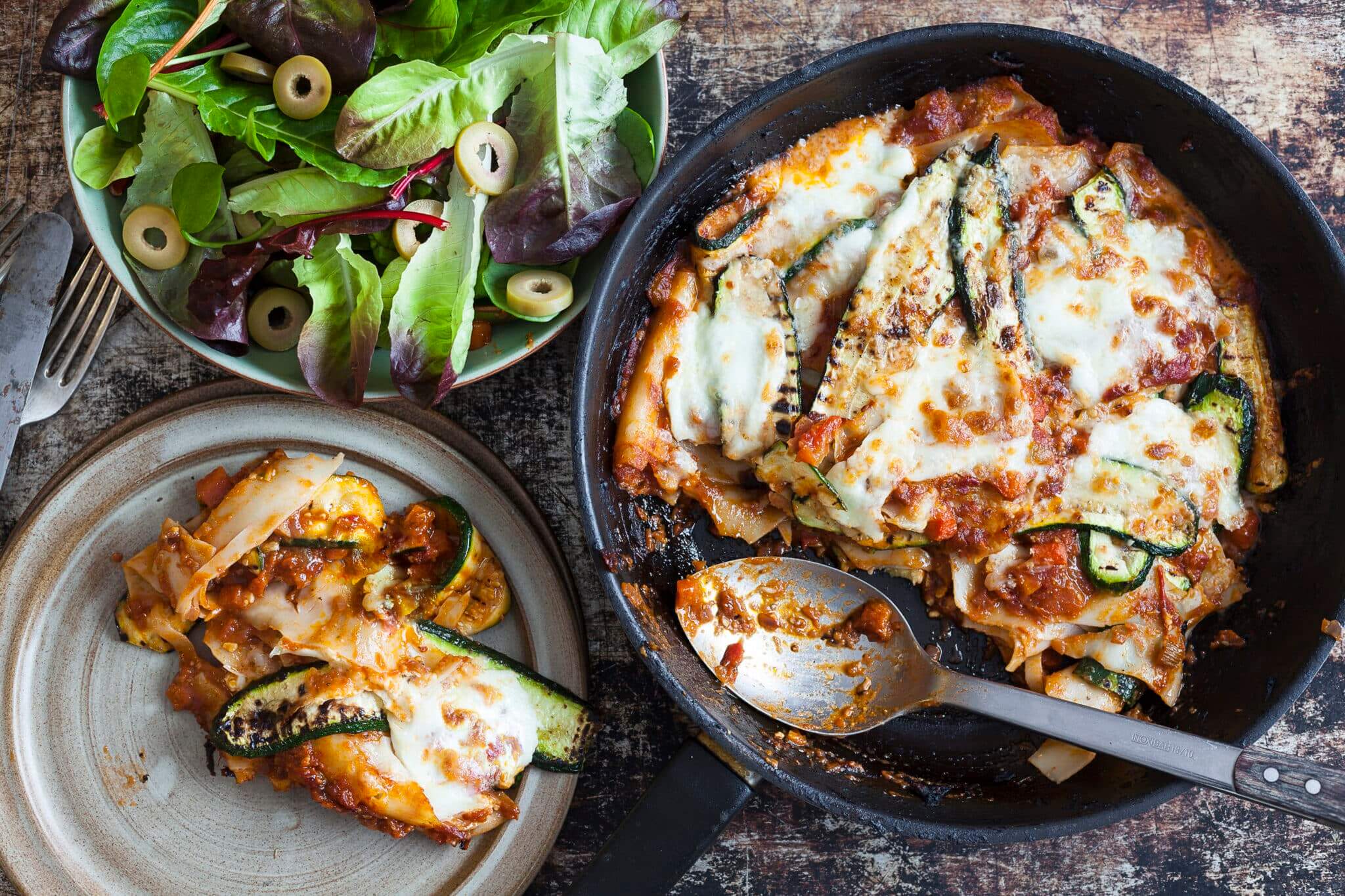
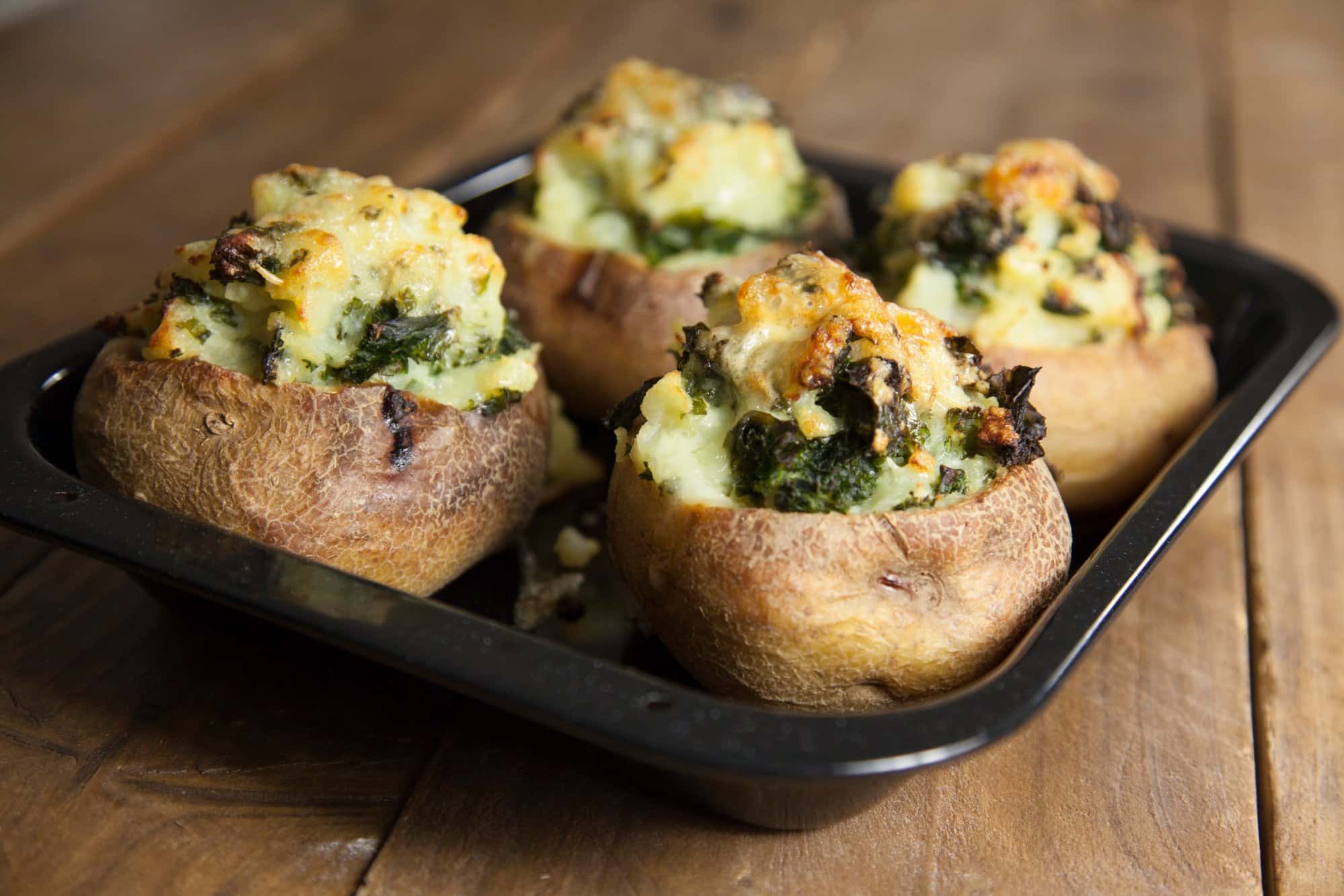

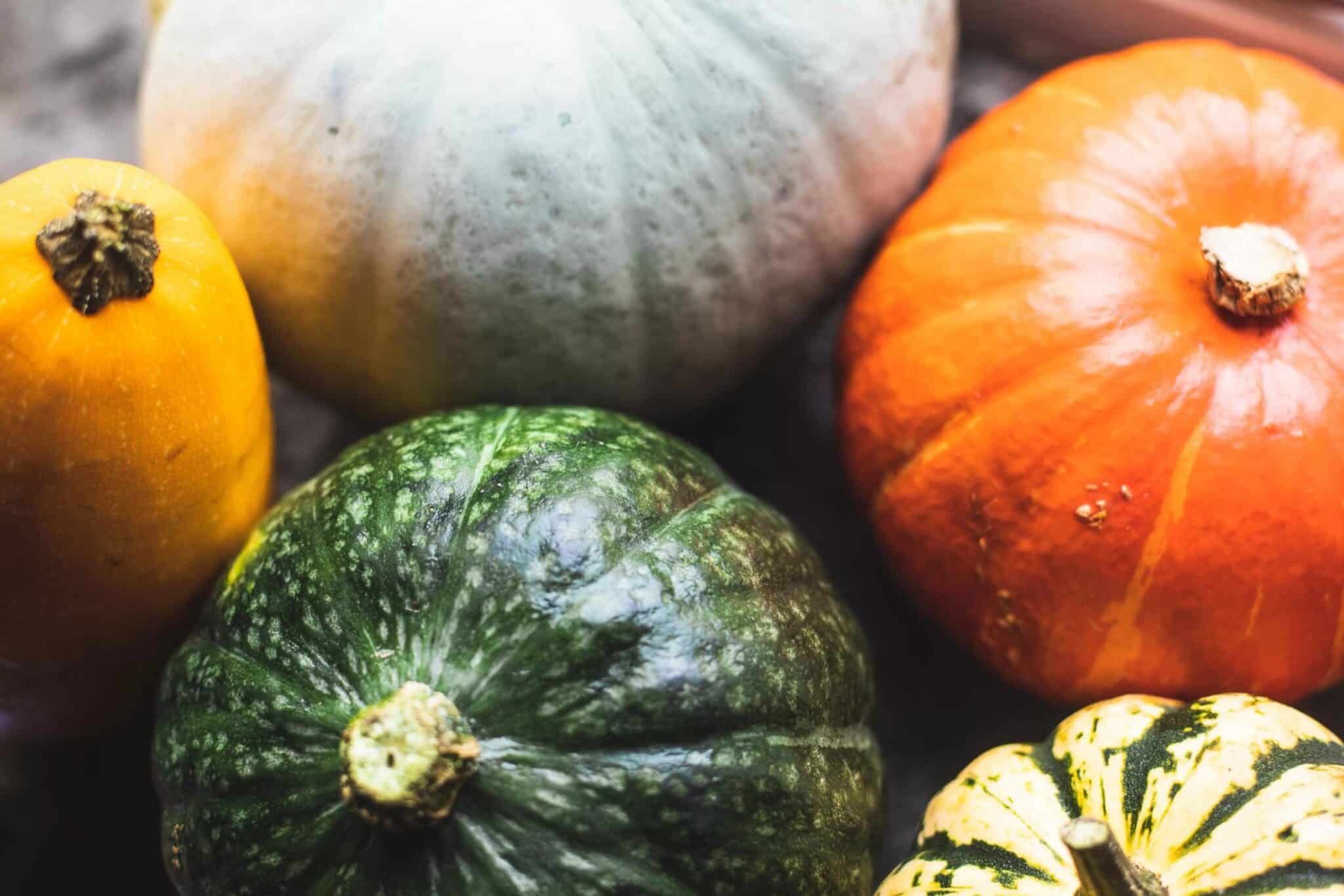










My husband & I do most of these things already (haven’t tried the cauliflower or aubergine suggestions yet but will do………), plus having delicious homemade vegetable soup for lunch most days, made from whatever is leftover from our weekly veg box. I can’t help feeling that we still end up eating far more meat than is environmentally sound however and we struggle to reduce it further whilst still having a diet that my husband finds sufficiently filling without eating so many beans it upsets our stomachs or having too much sugar intake as we are both marginally diabetic (like so many people as they get older, without necessarily being overweight).